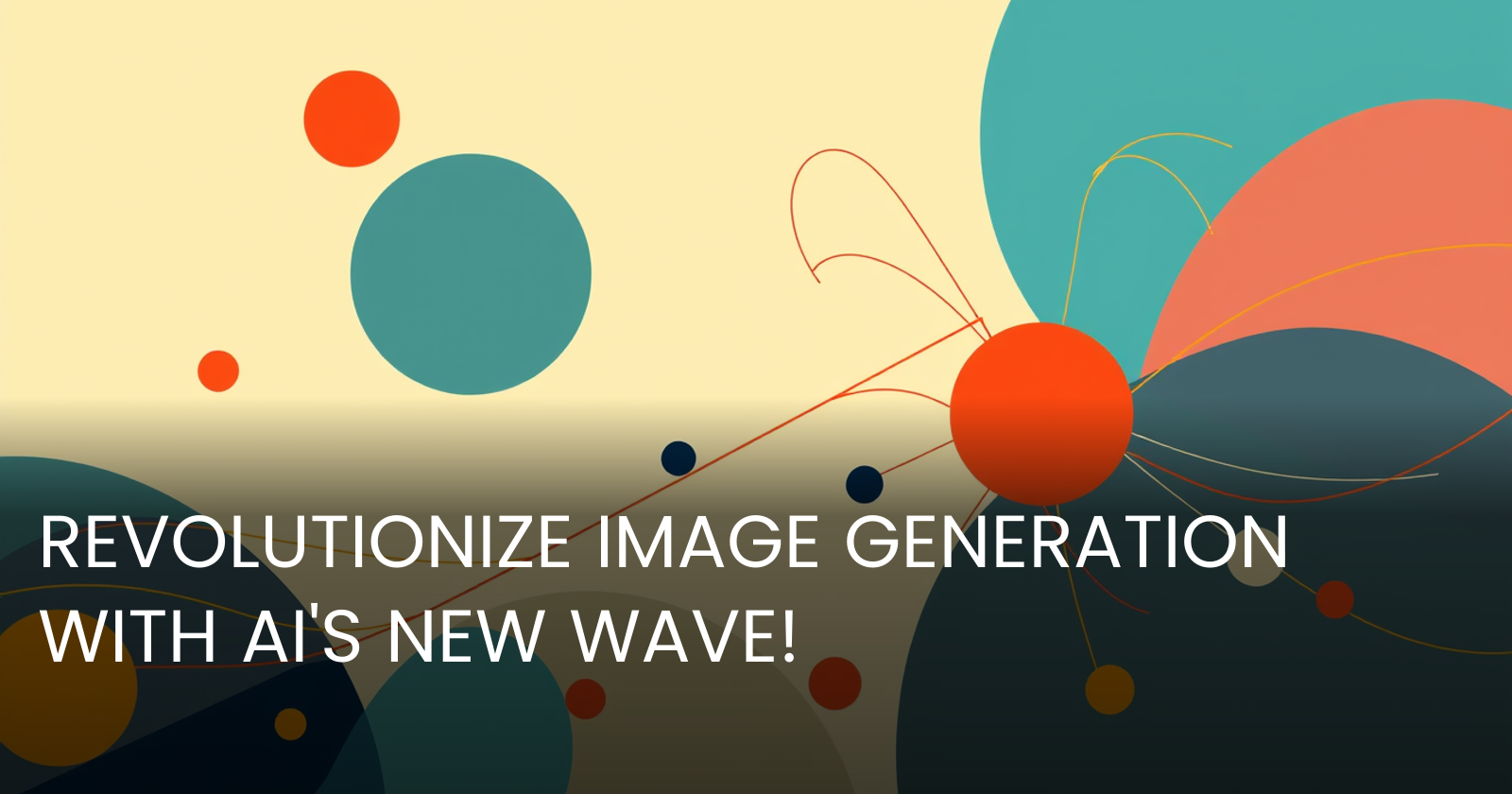Unlocking Revenue with Physics Informed Distillation in Diffusion Models
 Gabi Dobocan
Gabi Dobocan
Authors: Chang D. Yoo, Chanwoo Kim, Dhananjaya Nagaraja Gowda, Hee Suk Yoon, Kang Zhang, Joshua Tian Jin Tee
Published: 2024-11-13
Welcome to this exploration of a cutting-edge paper that takes a deep dive into enhancing diffusion models with a novel approach called Physics Informed Distillation (PID). While this might sound like tech jargon, it's packed with potential for practical applications that could transform how your company tackles complex image generation tasks. So, grab a cup of coffee, settle in, and let's unravel this innovation together.
Main Claims of the Paper
The central claim of this paper is the introduction of Physics Informed Distillation (PID) as a robust method for training single-step diffusion models. Unlike traditional methods that rely on multiple assessments, PID simplifies the process by addressing the model's underlying physics, emulating principles from Physics Informed Neural Networks (PINNs). It distinguishes itself by providing comparable performance to existing methods while avoiding the costs and complexities associated with synthetic data generation.
The Core of PID
PID draws inspiration from the natural alignment of diffusion models with ordinary differential equations (ODEs), allowing it to represent model solutions through a simplified trajectory. By eschewing synthetic data generation, PID reduces costs and focuses on fine-tuning consistent hyperparameters.
New Proposals and Enhancements
The paper introduces several compelling enhancements in model training and performance:
Numerical Differentiation: PID uses numerical differentiation rather than traditional exact gradients, which ensures stability and consistent results without needing complex data.
Single-Step Sampling: Through its unique approach, PID enables effective image generation using only a single forward pass, which significantly accelerates the process.
Hyperparameter Stability: The process and quantitative comparisons indicate that PID requires less hyperparameter tuning compared to other methods, making it user-friendly and efficient.
Leverage for Businesses
Revenue and Process Optimization
Image Generation and Enhancement: Companies dealing with graphic design, animation, and media production can leverage PID to generate high-quality images rapidly. This opens doors to new creative freedoms and more efficient workflows.
Cost Efficiency: By eliminating synthetic data generation, businesses can reduce operational costs, making the implementation of such advanced AI tools more financially accessible.
Product Development: Firms in AI-driven product development can streamline the creation of solutions across sectors like virtual reality, gaming, and simulation, where realistic imagery is crucial.
Training and Hyperparameters
Training Methodology
PID utilizes a training scheme that starts from a pre-trained teacher model, applying a unique distillation loss function that measures the distance between the teacher model’s trajectory and the student model's predicted path. This nuanced training avoids the pitfalls of random initialization, ensuring convergence to optimal performance.
Hyperparameters and Optimization
The model operates effectively at a default discretization of 250, with an LPIPS loss applied. These settings contribute to its minimal need for additional hyperparameter tuning, an appealing factor for businesses aiming for straightforward deployment.
Hardware Requirements
To run and train PID models efficiently, substantial computational power is necessary. As observed in evaluations, training is executed using 64 NVIDIA A100 GPUs, underlining the model’s suitability for enterprise environments with access to advanced computing resources.
Target Tasks and Datasets
PID’s testing grounds include comprehensive datasets like CIFAR-10 and ImageNet 64x64, popular choices for image generation research. Its versatility across these datasets highlights its potential application in various image-focused industries.
Comparison with State-of-the-Art Alternatives
PID stands toe-to-toe with state-of-the-art techniques such as DSNO and CD, albeit with the added advantage of reducing computational costs related to hyperparameter tuning. Unlike methods that rely heavily on synthetic data, PID simplifies the path to implementation while maintaining strong competitive performance.
Conclusion
Physics Informed Distillation marks a significant stride forward in the realm of diffusion models, providing businesses with a powerful tool to enhance image generative capabilities. With its ease of use, cost-effectiveness, and ability to preserve high performance, PID could arm companies with the kind of technological edge needed to innovate and thrive in the digitally driven economy. Whether it's refining visual content or catalyzing the next big leap in AI applications, PID's place in future tech landscapes looks promising.

Subscribe to my newsletter
Read articles from Gabi Dobocan directly inside your inbox. Subscribe to the newsletter, and don't miss out.
Written by

Gabi Dobocan
Gabi Dobocan
Coder, Founder, Builder. Angelpad & Techstars Alumnus. Forbes 30 Under 30.